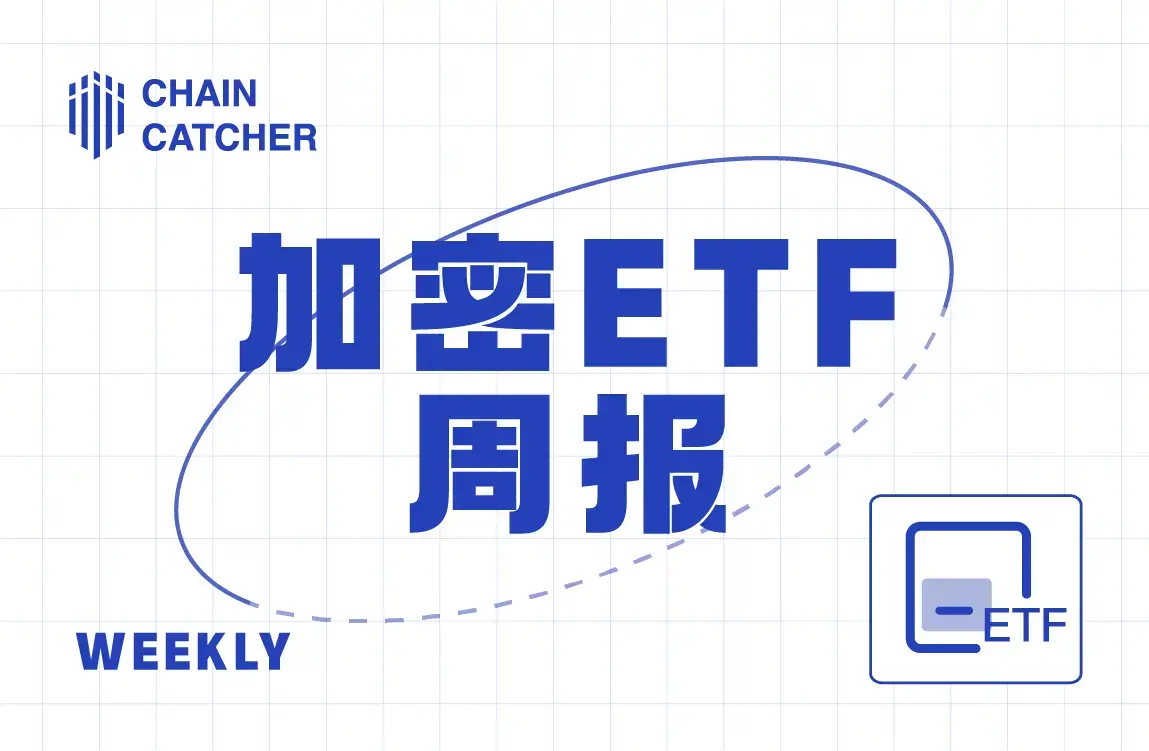关于以太坊和 L2 解决方案的争论
编译 :Elsa
最近有观点认为 L2 在分裂以太坊,并从以太坊中攫取价值,这是真的吗?作为以太坊的生态系统,我们应该怎样才能做得更好?
Offchain Labs 联合创始人兼 CEO Steven Goldfeder 认为今天的 L2 和分层设计是以太坊的“超级力量”。他以历史上最成功的协议——互联网为例,互联网也是一个分层架构。90 年代我们也进行过类似的讨论,互联网的出现是一件好事还是坏事?事实证明,是一件好事。L2 也是一样,也是一件好事。
如今在 L2BEAT 上可查询到的 L2 和 L3 超过 100 条,得益于以太坊的分层架构,即以太坊位于最底层,为其提供共识,这些 L2 和 L3 不需要开发自己的共识机制,它们都是由以太坊驱动,并且可以在以太坊上进行创新,以太坊为其提供安全保障。
但是这确实带来了互操作性挑战,我们需要弄清楚它们如何相互通信和互操作。Steven Goldfeder 认为作为一个社区可以改进的一点是:有时人们过于专注于自己的技术栈,这种考虑有时候确实是出于技术的原因,但是他认为,在可能的情况下,我们应该考虑“如何让所有以太坊链相互通信”,而不应该因为技术限制,把自己限制在自己的生态系统中。
关于 L2 是寄生于以太坊还是会为其带来价值,StarkWare 联合创始人兼 CEO Eli Ben-Sasson 认为现在讨论这个问题还为时过早。因为目前使用区块链技术的人比例非常小。我们真正的挑战是为人类提供扩展性、用例以及新的愿景,以便人类能够拥抱这项技术。在一切尘埃落定时,价值总会在某个地方聚集,或许这些价值会集中在目前尚不存在的地方。他坦言自己并不确定价值最终是否会积累在 StarkWare 这里,或是某个竞争对手那里,或是其他地方。但这没关系。最重要的是我们把时间投入到有价值的事情上,并推动技术进步。他毫不怀疑,通过各种方式推进 L2 和以太坊的发展,将为人类带来巨大价值。回顾过去,他对自己和团队所做的努力感到自豪,尽管不确定未来的价值归属,但他对正在构建的技术感到满足。
Polygan 联合创始人 Sandeep Nailwal 使用反证法解答了这个问题。假设从以太坊中移除所有的 L2,以太坊会变成一个非常慢的链,每秒只能处理 13 笔交易(TPS)。如果没有 L2,大多数去中心化应用(dApp)和活动可能已经从以太坊迁移到了其他L1 链上。正是因为有了 L2,所有这些开发者仍然在以太坊的生态中,现在的以太坊不再是一个单一的网络,而是一个“星座”(Constellation)。所有开发者可以在像 Starkware、Arbitrum、Polygon、Scroll 这样的 L2 上部署应用,并实现大规模的采用。如果只有以太坊,且 gas 费高达 50 美元,以太坊开发者将无法使用这些资源,链上活动会非常少。我们在过去的周期中也看到过,市场曾怀疑以太坊不可能成功并且认为其他的 L1 会取代以太坊。如果没有 L2,100% 的人会相信以太坊将逐渐被淘汰。“如果没有 L2,以太坊将无法像今天这样存在。”Sandeep Nailwal 这么说道。
Scroll 联合创始人 Sandy Peng 回忆起她第一次听说以太坊以 L2 为中心的路线图以及“无限花园”的概念(可参考往期文章:“无限花园”:以太坊的愿景),给其留下了深刻的印象。她认为,这种将不同技术变体与实验应用于以太坊扩展的方式是极具创新性且前所未见的。
当时,多个 L1 链已经在分裂链上体验、流动性和开发者。因此,从基础层的角度来看,她认为在以太坊中采用 L2 解决方案是一个务实的选择。不同的技术方案也在实验和探索如何扩展以太坊。现在,她认为整个生态系统处于一个非常健康的状态,很多有实力的参与者都在展示他们对扩展以太坊的理解。如今,我们有了不同的解决方案,以及众多的不同策略,
我们已经进入了下一个阶段,技术栈已趋于成熟。现在有很多现成的解决方案可以立即应用。她认为,以太坊在提出这些概念时已经走在了行业的前列,而其他区块链则尝试用不同的名字来描述类似的架构。但从根本上讲,以 L2 为中心的扩展路线图可能是唯一真正能够实现规模扩展的方式。
对于想要进入以太坊生态系统的开发者和新用户,在面对众多 L2 之间的跨链桥接和操作时,如何简化他们的体验?
Polygan 联合创始人 Sandeep Nailwal 表示,他们已经认识到 L2 生态系统之间的分裂问题。为此,Polygan 正在开发一个名为 AggLayer 的解决方案,能够与大多数 L2 集成,从而提供一个统一的界面,使得互操作性更加简单直观,用户不必经历繁琐的操作。开发者也有相应的库,普通用户无需面对复杂的技术操作。
他认为每个生态系统,特别是 L2 生态系统,都在以某种方式思考互操作性解决方案,或者与其他生态系统合作,为用户和开发者找到更好的用户体验路径。
StarkWare 联合创始人兼 CEO Eli Ben-Sasson 真正的难题是如何吸引那些非原生加密用户。在 StarkNet 上,采用了 100% 原生的账户抽象机制,钱包通过这一机制为用户提供类似 Web2 的体验,比如通过面部识别或生物识别登录,而不需要复杂的密钥、助记词等操作,同时仍然具备 Web3 的安全性。因为这是完全自我托管钱包,保证了安全性的同时,用户体验更加便利。以太坊也在朝着账户抽象模式等方向发展。他认为未来的方向是让所有操作更加抽象化和无缝化。随着区块链计算能力的提升以及标准的改进,用户将能够在保持 Web3 安全性的同时,享受到与其他领域类似的便捷体验。
Offchain Labs 联合创始人兼 CEO Steven Goldfeder 认为账户抽象功能固然重要,此外还不能忽略指定链地址的问题。现在用户在不同的链之间切换,很容易发生转错链导致资金丢失的问题。Steven Goldfeder 认为用户不应该费心关注这些链背后的技术问题,只需要关注应用场景,就像 Web2 世界中的打车软件一样,用户只需要了解如何使用才能打到车,而不是考虑它背后的网络堆栈(TCP/IP堆栈)。在区块链用户体验中,能够淡化这些技术背景是很重要的。
是否认为将来会有一个 L2 脱离以太坊,成为独立的链?
Steven Goldfeder 认为现在建立一条独立的 L2 链并不难,未来可能有人会这么做,但是对那些真正关心安全性和去中心化的严肃建设者们来说,这不可能会发生,这就像要把某个打车软件从互联网分离一样,可以这样做,但是这样做的话,就切断了与外界的联系,无法叫到车。L2 需要依托于以太坊的支持和安全性假设(Security assumption)。如果把以太坊移除,所有的这些都不复存在。
Polygan 联合创始人 Sandeep Nailwal 认为将 L1 和 L2 分成两类其实过于简化。应该将 L1 理解为结算环境,而 L2 作为执行环境。以太坊作为结算层,提供去中心化、安全性和保障。如果想要在严肃的执行环境中实现高性能,就需要将某些去中心化和其他前提条件转移到结算层,而以太坊正是最强大的结算层。
未来,许多 L2 可能会逐渐去中心化,看起来更像 L1,因为它们会拥有自己的验证者和共识机制,但它们仍然依赖以太坊作为结算层。因此,从这个角度来看,未来的 L2 会像 L1 一样独立运作,但其核心依然是作为执行环境,而以太坊将继续成为主要的结算层。
此外,他认为比特币也有潜力成为可以与以太坊竞争的可信结算层。如果比特币能够开放更多的功能,未来可能会有一些 L2 选择在比特币上结算,而不是仅依赖以太坊。然而,目前来看,以太坊依然是最强大的结算层。
作为结算层的以太坊还需要在意识形态或技术上提供什么吗?
StarkWare 联合创始人兼 CEO Eli Ben-Sasson 认为以太坊必须追求最大的去中心化和广泛性,因为这是区块链中独特且核心的信任基础。不论是在 L1 还是 L2,去中心化和广泛性都是至关重要的。
Polygan 联合创始人 Sandeep Nailwal 认为除了去中心化之外,还需要抗审查。以太坊曾在 OFAC 审查压力增加时经历了冲击,虽然社区成功将其恢复到了可持续水平,但目前仍存在挑战,需要在这方面继续努力改进。另一个关键点是基础层需要为结算和 L2 技术提供更好的环境。此外,以太坊还需要有一个更加可预测的路线图。随着 L2 的数量越来越多,以太坊基础层应保持稳定而不应引入过多的功能,否则可能会影响 L2 生态的信任。
最近以太坊社区面临着价格和价值的压力,社区在讨论如何将更多功能整合到 L1 中。Sandeep Nailwal 认为这在长远来看可能是有问题的,L1 的用例应当简单。对于以太坊来说,最重要的是成为最好的结算层。
如何看待 Vitalik 目前在以太坊生态系统中的角色?
Steven Goldfeder 认为 Vitalik 是一个非凡的领导者,有着强大的愿景,他是一个坚定的长期主义者,致力于从根本上构建能够革命性改变世界的技术。他坚持去中心化的治理,包容很多有争议性的想法。Vitalik 是推动去中心化价值观的领袖。
Sandeep Nailwal 认为 Vitalik 的角色是一个调解者。他没有把以太坊当作自己独有的网络,而是把以太坊看作是一个公共物品,欢迎任何人进行构建。在过去关于路线图的讨论中,他总是倾听反馈,进行了多次改变,并采纳了各种反馈。Vitalik 需要继续提供这种良好的调解方式,确保以太坊的核心不会因现在的市场周期和价格压力而受到影响。
Solana 会取代以太坊吗?
Sandeep Nailwal 表示以太坊在崛起初期也遭到比特币社区的强烈攻击,但以太坊社区对此保持开放的心态,并思考如何推动整个行业变的更加开放和包容。以太坊社区承认 Solana 社区可能也在做一些有趣的事情,并对此保持关注。
Sandeep Nailwal 认为 L1 的构建是一个长期的过程,需要构建一个长期持续有机增长的社区,这才是决定一个 L1 成功的关键。而且,以太坊和 Solana 的核心目标不同。以太坊致力于成为结算层,而 Solana 更专注于构建快速的执行环境。二者的竞争只是市场营销策略的不同,并不是直接竞争。
Eli Ben-Sasson 认为当前加密货币领域内部的竞争在宏观视角下毫无意义,真正重要的是为外部世界日常生活提供实际价值。
Steven Goldfeder 认为 Solana 的存在促使以太坊社区加快对 L2 扩展的推动,尤其是在安全性、去中心化和可扩展性方面的改进。
总结
总体来看,L2 解决方案在以太坊发展中得到了广泛认可。尽管面临互操作性、去中心化和抗审查性等方面的挑战,但是随着技术的发展,我们期待可以看到更好的的解决方案。









